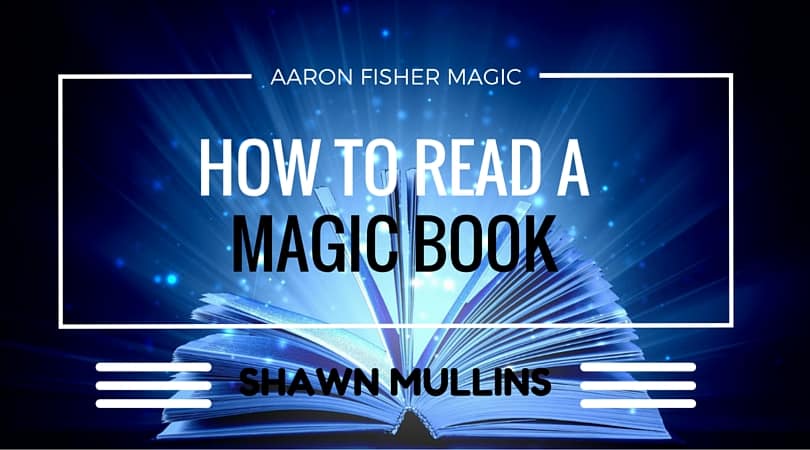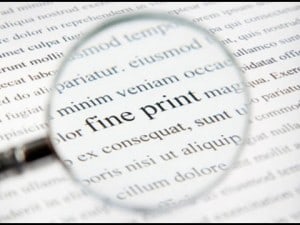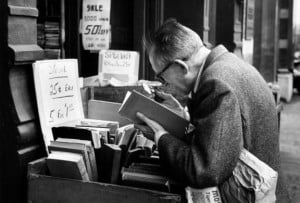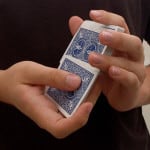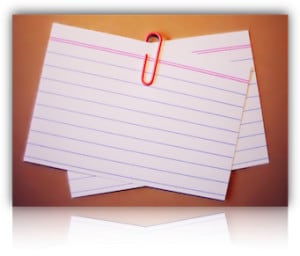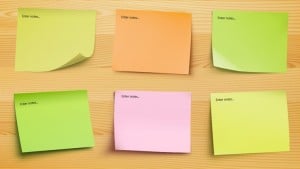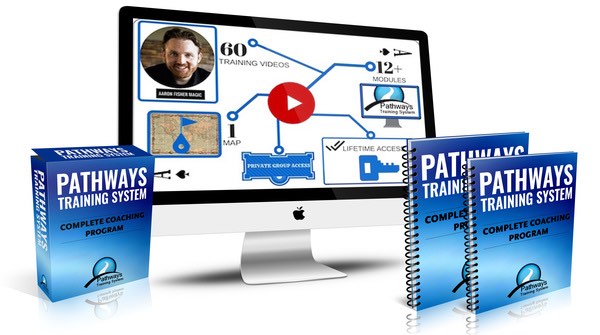How to Read A Magic Book…Without Going Crazy!
By Shawn Mullins
The Royal Road to Reading a Magic Book
“I’m a visual learner.”
I’ve demo’ed everything from easy card tricks to extremely difficult effects behind a magic shop counter… and I’ve taught magic classes. In both environments, this phrase pops up quite a bit. Great tricks sold with written instructions and fantastic effects in magic books go unread and forgotten.
It may not be that you are a visual learner; it could be that you haven’t learned how to read a magic book. A magic book is a lot like a how-to-manual, with descriptions and step-by-step instructions.
This can be hard but it can be overcome with a little perseverance.
First, stop saying, “I’m a visual learner.” Don’t put up a blockade and give this an honest attempt. If you can do it, you could save yourself a ton of money. There is zero doubt in my mind that the best value in magic comes from a book.
So get a magic book in your hands and try and follow along. I suggest starting with a beginner text like Royal Road to Card Magic, which defines things as you go along. Another good magic book is Card College Volume 1.
There are 7 things I want you to do when following along.
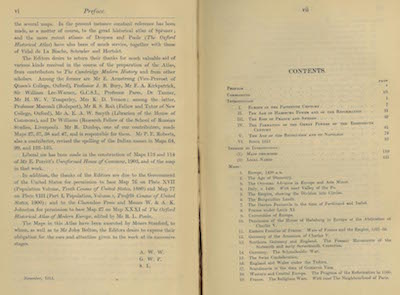
Magic Book Tip # 1: Read the introduction and preface
The best place to start is the beginning. If you are following along, Royal Road has one of the best prefaces out there. It not only gives you great inside peek at what you are going to learn but practical advice about performing professionally. I find myself telling new magicians to read this a LOT. It’s advice I wish I paid attention to earlier in my career.
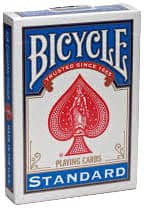
Magic Book Tip # 2: Have the items you will need with you
This is a how-to book, so have your cards (or whatever you’ll need) with you and follow along with the descriptions. It takes some of the “visualization” out of the equation and puts it in your hands.It’ll also help you understand the construction better by doing this.
It may not seem like it, but the increased concentration is helping you out in the long run.
Magic Book Tip # 3: Read the words carefully
If you have ever worked with Aaron, he’s a big fan of Erdnase. He chose his words very carefully. In fact the few paragraphs on the Two-Handed Shift are probably the clearest ever published. The wording is concise so you may need to read it a few times before you really understand the correct finger positions and how the halves actually change places.
It’s not a race to learn the most tricks ever, so why not take your time? You may pick up on something really important that a DVD was not able to express.
Magic Book Tip # 4: Read the words carefully again
Yup, read it again if you are having trouble. You may have misread a word or skipped a minor detail.
Magic Book Tip # 5: Look at the photos
The photos can be a godsend and help clear up confusion. That’s actually what they are intended for.
They shouldn’t be used to try and figure out the whole trick, but they are helpful. With the overhand shuffle from Royal Road, trying to figure out everything from text would be really hard, so Hugard and Braue included some helpful hints to show you what their hands may look like.
The book also tells you the exact time you should be looking at the picture. Try not to jump ahead or you may miss something!
Magic Book Tip # 6: Use a Highlighter/pen & notecards
For the really important stuff, I highlight it. I know some are nervous about marking in their books, so use an index card instead. When you find something important, just mark it so you know to come back to it.
Another reason is for your own ideas! I’m constantly inspired by how I can use a trick differently or apply an interesting theme when reading, so I always jot those down in the margins or on a notecard and can even revisit them years later.
Magic Book Tip # 7: Have some sticky notes nearby
I like to use sticky notes to mark down tricks I like. In fact, I’m a huge nerd and color coordinate them. You don’t have to be that intense, but marking things to come back to can be helpful.
The system I use is four colors: red, green, purple and yellow. The red notes are things I really want to work on and are high priority (rarely used). Green notes are for a special occasion like an anniversary or a corporate client. The purple are tricks that had an interesting element to them that I may use if I’m inspired to create something. The yellow are used for essays where I felt, “Wow, I needed to hear that.” I’ll go back and reread these later to maybe apply when writing or thinking about my next gig.
This is how I approach reading books. It may not be the best way, but it works for me and I like it. The key to learning how to read a magic book is to just do it. Just give it a try and you may surprise yourself. That increased concentration will teach you a lot about magic, yourself and boost your creativity.
The Voices, The Voices
Also, find like-minded people who are working on the same things with voices you can trust. Some Internet boards make this difficult, so use caution and listen to those people who know their stuff.
We are lucky over at Conjuror.Community because we get access to Aaron. During the classes hosted, you can even sign up for a Hot Seat and have Aaron check out the routine you are working on (or sleight) live. So, if you are working through a trick in a book, you could easily show it to him and walk away with some tips to improve the handling.
Wishing you success,
Shawn Mullins
P.S. Here is a list of 5 magic books I really like:
- Card College by Roberto Giobbi
- Stars of Magic Tannens/Meir Yedid
- Williamson’s Wonders by Richard Kaufman
- Secrets of Brother John Hamman by Richard Kaufman
- Mastering The Art of Magic by Eugene Burger
(I also really like Aaron’s magic book The Paper Engine, but I didn’t want to sound biased. ☺)
